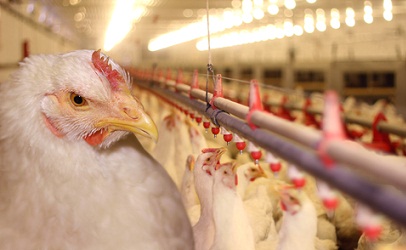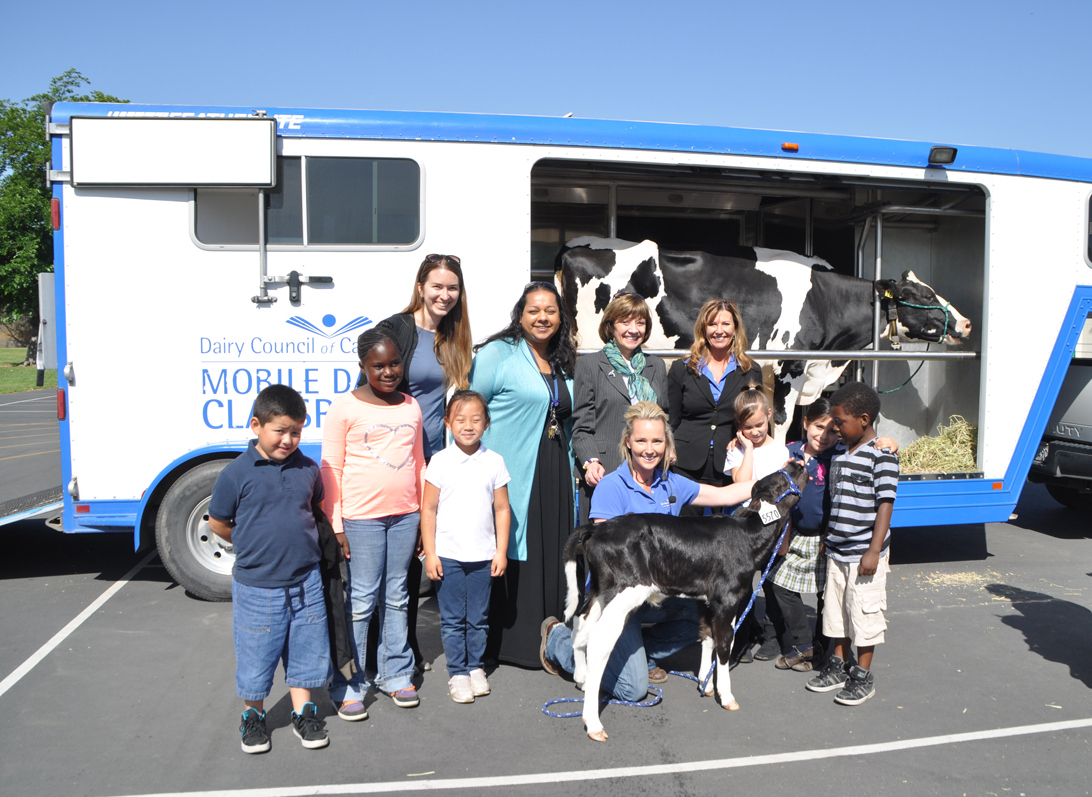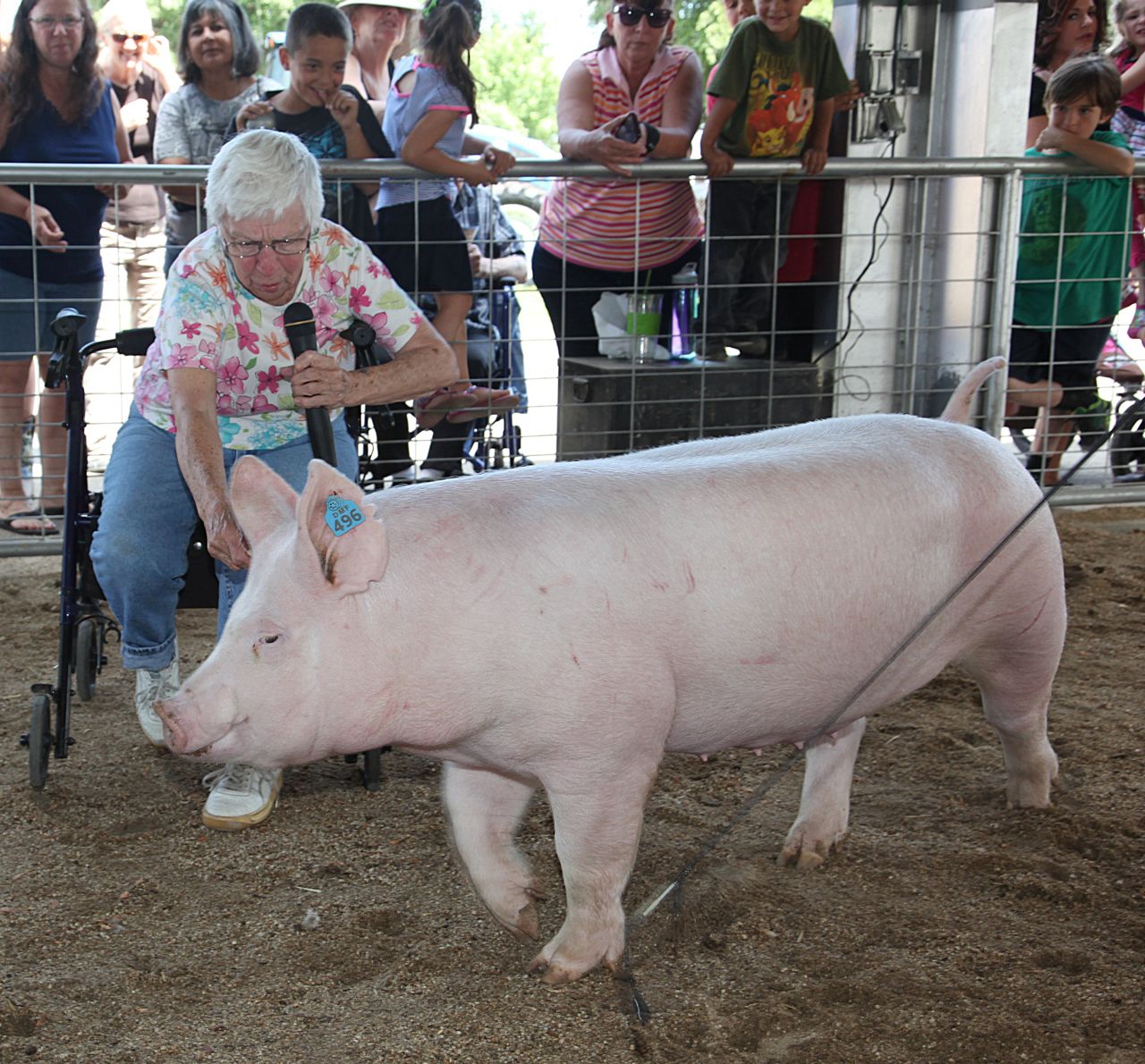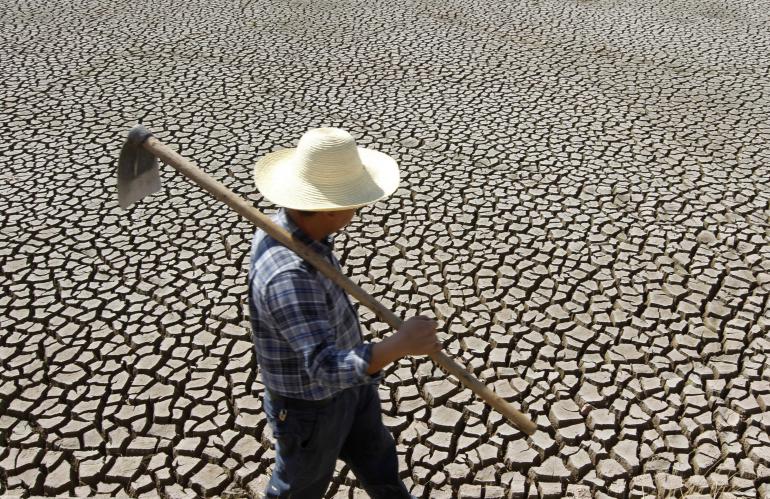2013-14 Recipients of the UC ANR Distinguished Service Awards
Sources: Pamela Kan-Rice, ANR Assistant Director, News and Information Outreach; Kathy Keatley Garvey, Communications specialist (including photo credit)
This week, Barbara Allen-Diaz, vice president of UC ANR, announced the 2013-14 recipients of the ANR Distinguished Service Awards (DSA) which are given biennially for outstanding contributions to the teaching, research and public service mission of the Division of Agriculture and Natural resources.
Allen-Diaz thanked the DSA recipients for providing excellent service to the people of California.
Awards were given in six areas:

Extension apiculturist Eric Mussen in front of the apiary at the Harry H. Laidlaw J. Honey Bee Research Facility (Photo by Kathy Keatley Garbey)
Outstanding Extension – Eric Mussen, UC Cooperative Extension apiculturist in the Department of Entomology and Nematology at UC Davis for bees.
Outstanding Research – Mark Battany, UC Cooperative Extension advisor in San Luis Obispo and Santa Barbara Counties for viticulture.
Outstanding New Academic – David Doll, UC Cooperative Extension advisor in Merced County for nut crops
Outstanding Team – Ken Tate, UC Cooperative Extension specialist in the Department of Plant Sciences at UC Davis, and Rob Atwill, director of Veterinary Medicine Extension at UC Davis, are the recipients of the Outstanding Team Award. Since 1994, Tate and Atwill have collaborated on a series of projects assessing the potential risk to rangeland surface-water quality and human health from livestock associated pollutants.
Outstanding Leader – Pamela Geisel, former director of the statewide UC Master Gardener Program. Although Pam retired recently, since this nomination package was very strong, I believe it’s appropriate and important to give Pam this much-deserved award.
since this nomination package was very strong, I believe it’s appropriate and important to give Pam this much-deserved award.
Outstanding Staff – Michael Yang, UCCE agricultural assistant in Fresno County for small farms.
Each of the recipients will receive $2,000 and a certificate, except for the team award recipients, who will receive individual certificates and share $5,000.

























